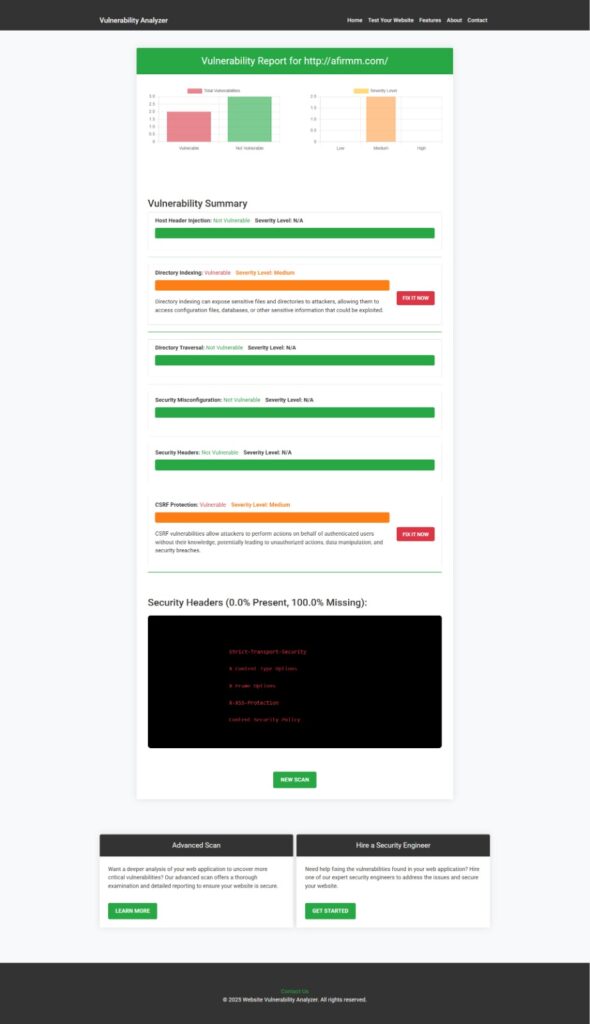XML Injection in OpenCart: How to Prevent It With Real-World Examples
In today’s digital ecosystem, securing your eCommerce platform is not just an option—it’s a necessity. If you’re using OpenCart, one of the most popular open-source eCommerce solutions, you may unknowingly be vulnerable to XML Injection attacks.

This blog will cover everything you need to know about XML Injection in OpenCart, from how it works to how to detect and mitigate it, complete with real coding examples and tools you can use right now to secure your store.
🔍 What is XML Injection?
XML Injection is an attack technique that manipulates or injects malicious XML content into the input fields or payloads of an application that parses XML. This can lead to unauthorized access, data manipulation, or even Denial of Service (DoS).
When applications don’t properly sanitize input before processing XML, attackers can:
- Alter XML logic
- Retrieve sensitive information
- Execute unauthorized commands
- Disrupt normal system behavior
⚠️ Why XML Injection Matters in OpenCart
OpenCart is widely used in eCommerce, and many modules and extensions use XML for configuration and data interchange. Improperly handled XML input can turn your store into a security liability.
Common entry points are OpenCart plugins that use XML to handle shipping rules, import/export data, or payment configurations.

This website vulnerability scanner tool scans your OpenCart store and detects known vulnerabilities, including XML Injection patterns.
🔐 Real-World Coding Examples of XML Injection in OpenCart
Let’s explore how XML Injection might be exploited and how to prevent it.
🛠️ Example 1: Vulnerable XML Parser
Some OpenCart modules allow XML import through admin panels. Here’s a vulnerable PHP code snippet:
if (isset($_FILES['xml_file'])) {
$xmlContent = file_get_contents($_FILES['xml_file']['tmp_name']);
$xml = simplexml_load_string($xmlContent);
// Processing XML...
}Issue: simplexml_load_string() directly parses user input without validation.
Exploitation: An attacker uploads malicious XML payloads:
<?xml version="1.0"?>
<!DOCTYPE data [
<!ENTITY xxe SYSTEM "file:///etc/passwd">
]>
<data>&xxe;</data>This is a classic XXE (XML External Entity) attack, which can expose sensitive server files.
✅ Secure Version Using libxml_disable_entity_loader()
libxml_disable_entity_loader(true);
libxml_use_internal_errors(true);
if (isset($_FILES['xml_file'])) {
$xmlContent = file_get_contents($_FILES['xml_file']['tmp_name']);
$xml = simplexml_load_string($xmlContent, 'SimpleXMLElement', LIBXML_NOENT | LIBXML_DTDLOAD);
// Sanitize and validate XML content
}Better yet, switch to a safe XML parser like DOMDocument with entity loading disabled:
$xmlDoc = new DOMDocument();
$xmlDoc->resolveExternals = false;
$xmlDoc->substituteEntities = false;
$xmlDoc->loadXML($xmlContent, LIBXML_NOENT | LIBXML_DTDLOAD);🛠️ Example 2: XML in API Endpoints
OpenCart APIs sometimes accept XML in POST requests:
$rawPost = file_get_contents("php://input");
$xml = simplexml_load_string($rawPost);Solution:
- Enforce content-type checks.
- Disallow
DOCTYPEdeclarations. - Use schema validation.
if ($_SERVER['CONTENT_TYPE'] !== 'application/xml') {
http_response_code(400);
exit('Invalid content type');
}🧪 Detecting XML Injection with Free Tools
Using automated scanners is a great way to find XML injection vulnerabilities. Try running a full vulnerability scan with our Free Website Security Scanner tool.

🔗 Related Posts You Shouldn’t Miss
- 🔐 Prevent JWT Attacks in TypeScript ERP
- 🛑 Stop Session Replay Attack in OpenCart
- 🧩 Fix WebSocket Vulnerabilities in OpenCart
- 🚫 Prevent Web Cache Deception in OpenCart
- 📚 More Cybersecurity Insights on Our Blog
🔄 Best Practices to Prevent XML Injection in OpenCart
- Disable External Entity Resolution
- Always disable DTDs and external entities in XML parsers.
- Validate and Sanitize XML Input
- Use XML schema definitions (XSD) to validate structure.
- Limit File Upload Types
- Whitelist file types and scan uploaded content.
- Use Secure XML Parsers
- Use parsers that support secure configurations like DOMDocument or XMLReader.
- Monitor Logs and Set Alerts
- Enable logging for unusual XML input patterns.
💡 Bonus: Tools for Extra Protection
- PHPIDS – A lightweight IDS that detects malicious XML payloads.
- OpenCart Security Plugins – Use plugins like iSenseLabs Security to detect file injection attempts.
👨💻 Final Thoughts
If you’re running an OpenCart store, staying proactive about your security posture is essential. XML Injection is a silent but dangerous threat that can compromise your entire store. Use the preventive techniques outlined here, scan your site using our free tool to check website vulnerability, and stay informed through our regularly updated blog.
Want help securing your OpenCart site? Our team at PentestTesting.com is just a click away.

